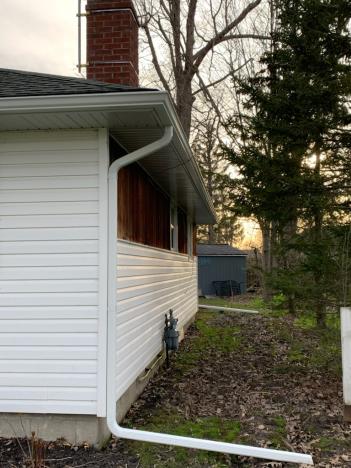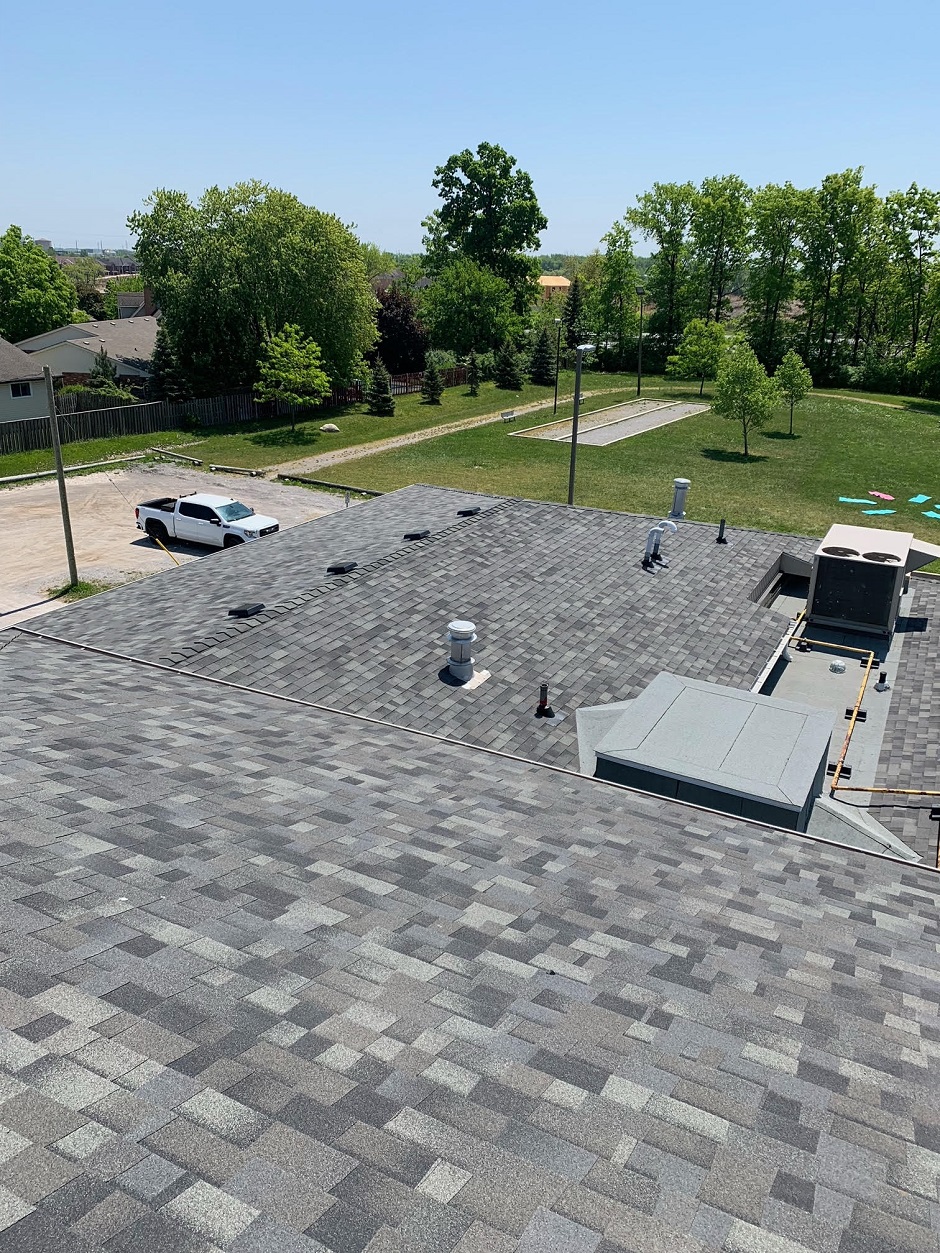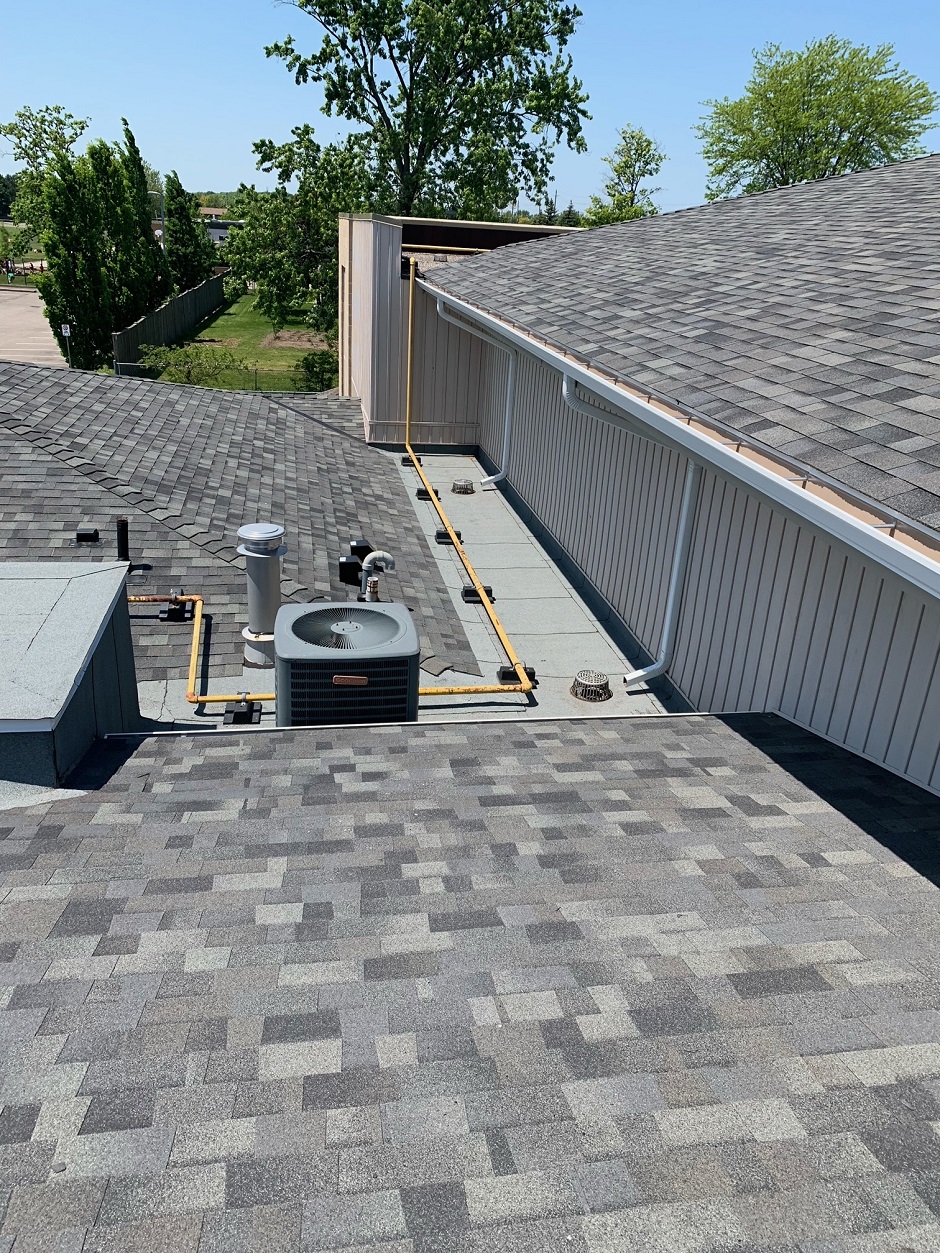Your Top-Choice Roofing Contractor for Professional Roof Inspections and Fixes
Explore the Various Types of Roofing Products and Their Unique Advantages
Picking the ideal roof covering product is critical for both the defense and visual allure of a home. Each material brings distinct advantages, such as the resilience of steel or the green qualities of wood trembles.
The Classic Charm and Longevity of Slate Roof
Slate roofing, respected for its style and durability, offers a distinguished visual and useful strength that couple of materials can match. Stemming from natural slate rock, it is commemorated not only for its classic visual appeal yet likewise for its ability to hold up against decades of direct exposure to extreme climate condition. A slate roof usually has a life expectancy surpassing 100 years, dramatically outmatching other roof products like asphalt shingles or metal roof covering.
Unlike other materials that could warp or decay, slate remains stable, ensuring that its charm endures with minimal maintenance. For house owners seeking a mix of ageless design and durable efficiency, slate roofing stands out as an optimum choice.
The Eco-Friendly and Aesthetic Appeal of Wood Shakes
While slate roofing is understood for its longevity and classic look, wood trembles provide a completely different set of visual and ecological benefits - roofing contractor. Obtained from natural timber, usually cedar, timber shakes are treasured for their rustic, distinctive look that enhances a range of building styles. Unlike other roof covering materials that can appear excessively manufactured, wood shakes bring an inherent heat and appeal that boosts the natural beauty of a structure
Their production additionally calls for much less energy contrasted to various other roof products, adding to a lower carbon impact. Taken with each other, wood drinks present a compelling option for home owners seeking an eco friendly roof solution with distinct aesthetic allure.

The Cost-Effectiveness and Flexibility of Asphalt Roofing Shingles
Although much less conventional than wood shakes, asphalt tiles are very valued for their cost-effectiveness and flexibility, making them a prominent option amongst house owners. This roof product provides an equilibrium in between price and resilience, often lasting in between 15 to 30 years depending on ecological problems and maintenance. Asphalt shingles feature a structure of fiberglass or natural materials saturated with asphalt and coated with mineral granules, offering a reliable barrier against water and UV rays.
The Modern and Long-Lasting Perks of Metal Roof
Transitioning from the typical appeal of asphalt shingles, metal roof look at this now covering supplies a modern option that flaunts long life and marginal upkeep. Unlike its predecessors, metal roofing stands out for its phenomenal resilience, frequently lasting 40 to 70 years depending on the product kind such as steel, light weight aluminum, or copper. This resilience is considerably above various other roof materials, which generally require replacement more regularly.
Steel roofings are also very immune to extreme climate condition, consisting of heavy snow, hail, and wildfires. Their interlacing panels contribute to enhanced wind resistance, making them an ideal option for areas vulnerable to serious weather condition events. Metal roof covering is energy-efficient; its reflective properties can minimize cooling expenses by mirroring solar glowing warmth instead of absorbing it.
An additional noteworthy benefit is its environmental sustainability. Metal roof coverings are 100% recyclable at the end of their life process, reducing landfill waste. This element, combined with my response their lengthy lifespan, makes steel roofing a significantly popular option for eco-conscious homeowners.
The Ingenious Attributes of Synthetic Roofing Materials

Shifting emphasis from metal to artificial roof products, a variety of ingenious functions arises that deals with both visual convenience and practical efficiency. Artificial roof materials, mainly composed of rubber and plastic polymers, are engineered to imitate the look of natural roof covering materials such as slate, timber shakes, and clay tiles. This versatility enables property owners to attain preferred appearances without the associated cost and upkeep burdens of all-natural materials.
Moreover, artificial roofings are celebrated for their resilience. Immune to weathering, fire, and mold, these products provide a resilient roofing remedy that holds up against diverse ecological obstacles. The light-weight nature of artificial roof covering also suggests easier and less costly installation, minimizing the overall tension on a structure's framework.
Furthermore, artificial roof covering products are environmentally friendly. Lots of are made from recycled products and are themselves totally recyclable, adding to a minimized eco-friendly impact. This mix of longevity, aesthetic appeal, and ecological informative post consciousness makes synthetic roof a significantly preferred option among house owners.
Verdict
In verdict, selecting the right roofing material requires stabilizing visual choices, budget plan restraints, and ecological factors to consider. From the enduring beauty of slate and the natural allure of wood trembles to the cost effectiveness of asphalt tiles, the strength of steel, and the cutting-edge layout of artificial alternatives, home owners have a plethora of selections. Each product uses distinct advantages, making certain there is an ideal choice for every single building design and personal taste.

Unlike various other roof products that can show up extremely produced, timber shakes bring an inherent heat and charm that improves the natural appeal of a structure.
Moving emphasis from steel to artificial roof covering materials, a range of ingenious attributes arises that provides to both visual flexibility and practical efficiency. Synthetic roof products, mainly composed of rubber and plastic polymers, are engineered to simulate the look of all-natural roof products such as slate, wood drinks, and clay ceramic tiles.